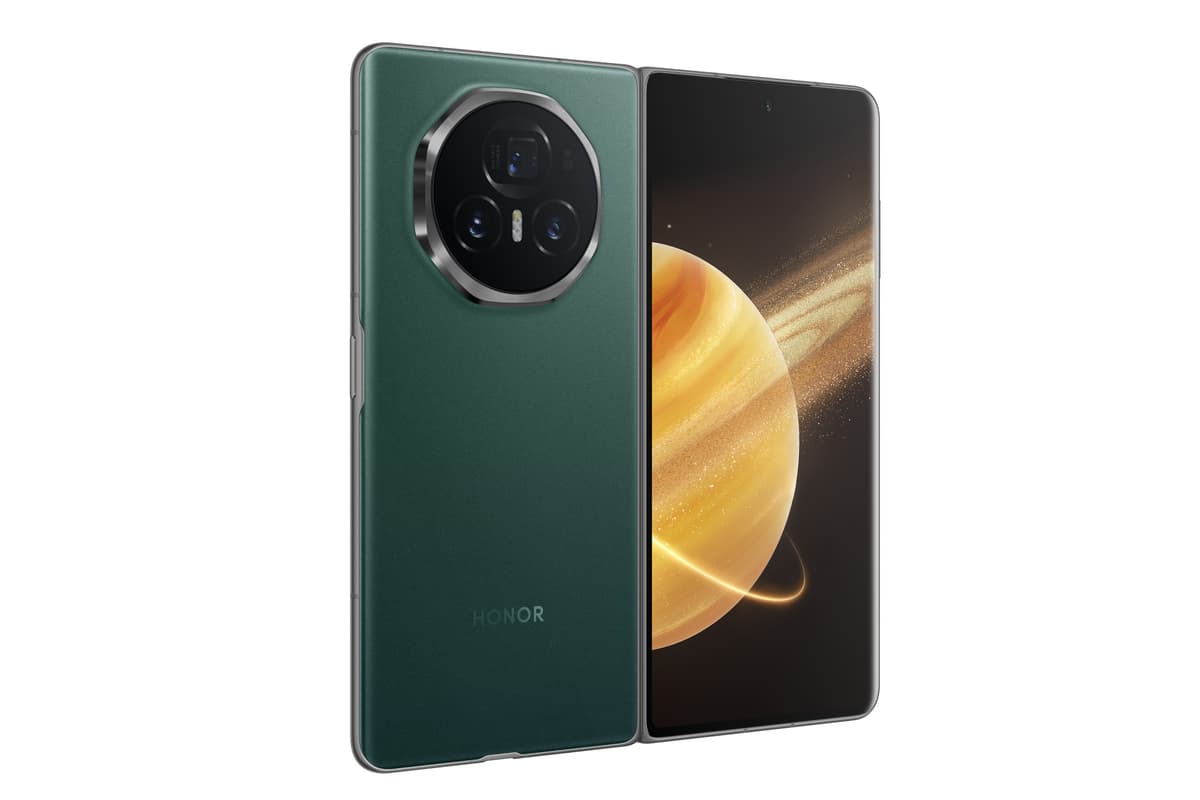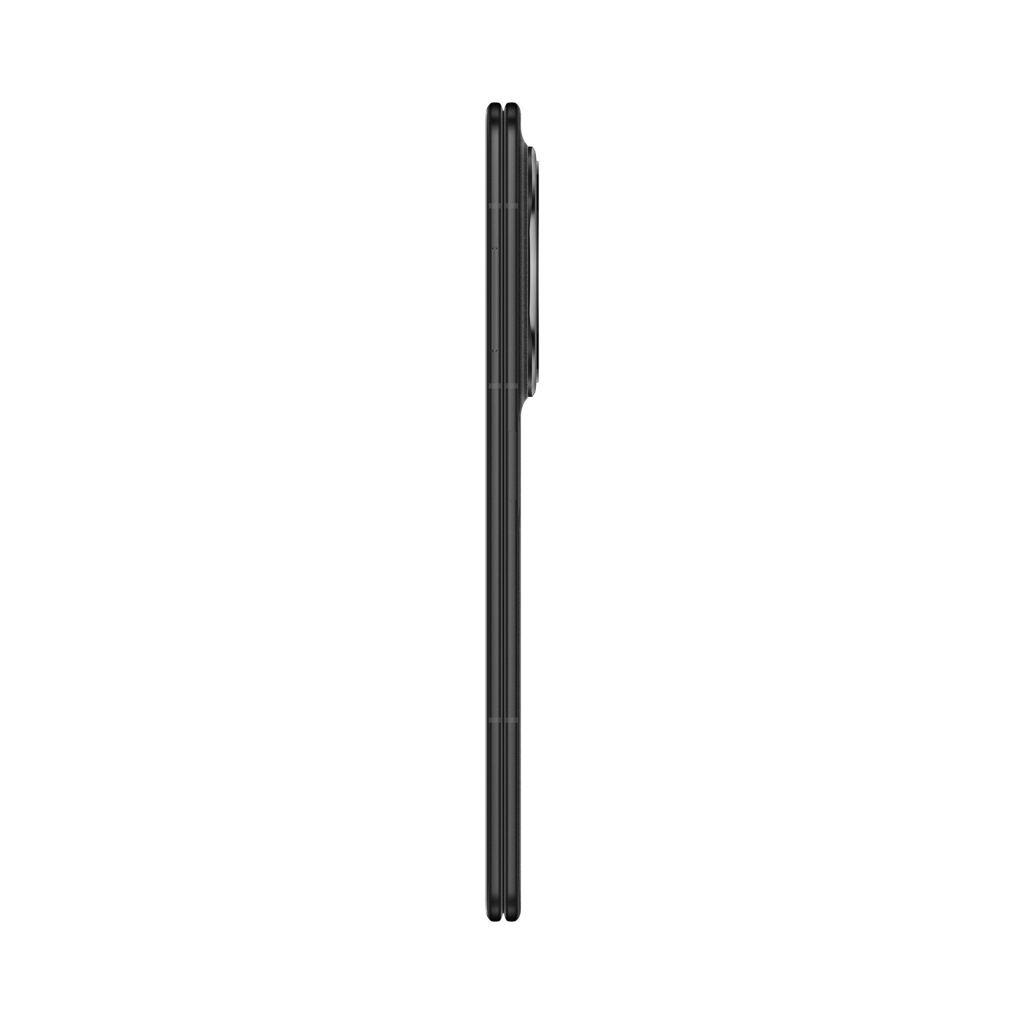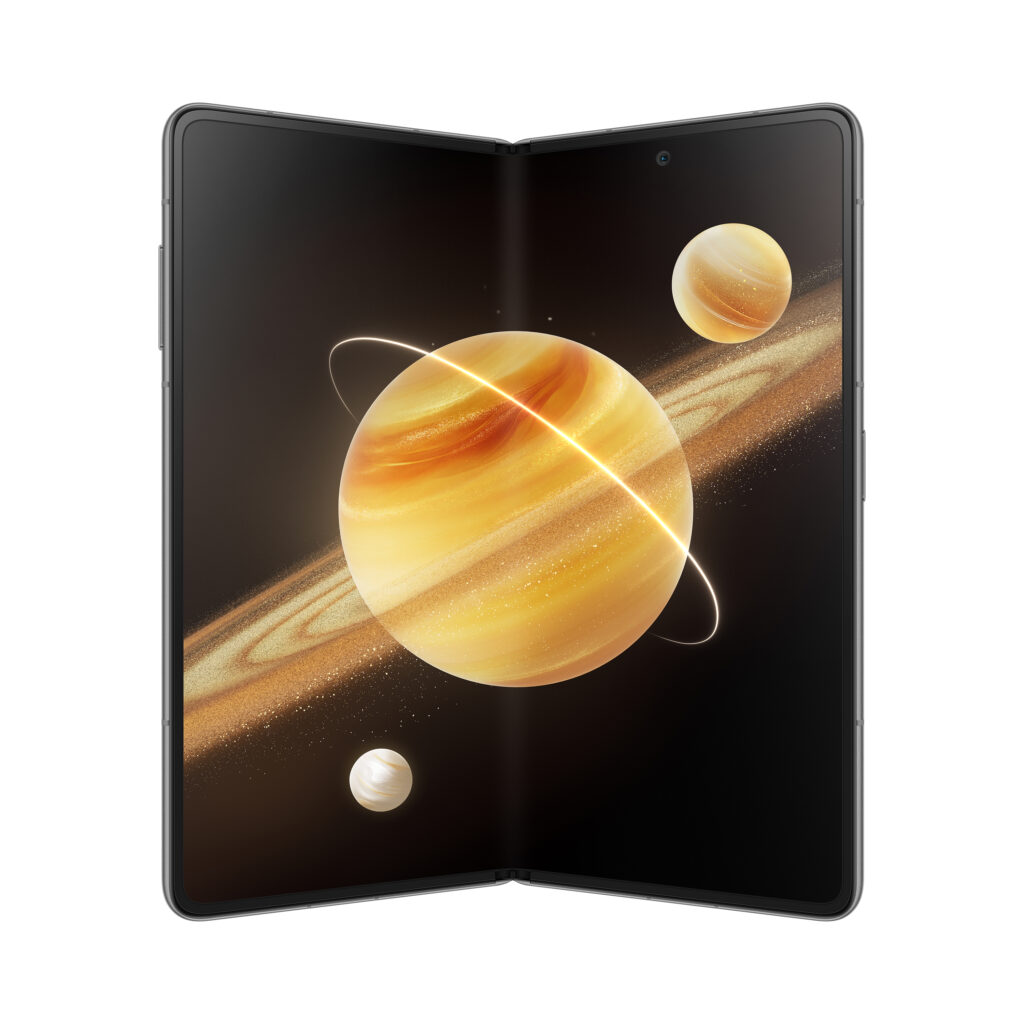Review: Honor Brings the Folding Phone to a Whole New Thin Level
It’s a flawed phone, particularly for the American consumer, but the hardware is mind-boggling.

Thin tech is risky. The thinner a device is, the less space there is for a battery, and the smaller the components have to be. This means it has less cooling, no room for extraneous hardware like wireless charging coils or under-screen fingerprint scanners, and is more vulnerable to damage. The iPhone TK wasn’t especially thin, yet in real-world use, a few units started bending in pockets.
That said, few things feel more futuristic than a screen that’s light and thin in your hand. There’s something special about it. It’s one of my favorite aspects of the Remarkable tablet, the only e-reader I’ve ever genuinely loved using. The Honor Magic V3 gives that feeling more than any phone I’ve tried.

Folded, it’s marginally thicker than my Pixel 8 Pro. Unfolded, it’s by far the thinnest folding phone ever made. It’s only a few millimeters thicker than the USB charging slot in the base—a thinness I have never seen on a phone before. It feels like a massive leap forward for the folding phone category. Despite how thin it is, it still has narrow bezels, wireless charging, super-fast 66W wired charging, and a side-mounted fingerprint scanner. The only compromise is the internal folding screen’s thicker plastic protective layer.
Honor used to be the youth-focused sister brand of Communist Chinese phone manufacturer Huawei, but several years ago, it was spun off into its own entity. Though it has the same owners, the V3 is closer to a modern Samsung flagship than a Huawei offering. It runs on a Taiwanese Snapdragon 8 Gen 3 chip, with Android 14 and full Google app store compatibility. The specs are top-tier, with 512GB of storage and 12GB of RAM—plus an additional 12GB that Honor takes from storage through its “RAM Turbo” feature.
It’s fast, smooth to use, and the hardware is superb, with a matte back, rounded rails, and a great hinge that folds the internal screen with an effortless snap. Though I’m skeptical of its long-term durability, it feels great right now. It’s worth noting that Honor released a video of a rendered version of the phone being tossed around a washing machine. However, the phone comes with many notes advising you to be careful with this relatively delicate device.

There are some quirks or compromises where the thinness or budget considerations are apparent. Even with the battery-saving “Dynamic Resolution” mode turned off, various screen elements have a slight fuzz to their edges. This is presumably due to the scaling of assets and the screen resolution. Photos and videos, however, are crisp, detailed, and look great, even though the internal screen doesn’t get as bright as that on the Pixel 9 Fold Pro. Similarly, the speakers aren’t as impressive as on Google’s Pixel 9 series, but they’re just as good as those on the Pixel Fold, despite that phone being notably thicker.
Along with the phone’s thinness, the camera array immediately stands out. Despite the hefty stove-top camera bump on the rear, the cameras are fairly unremarkable. Processing is more important these days than camera hardware, and that’s obvious here. Honor has prioritized fast shooting, focus, and various tricks over more advanced processing. That sounds critical, but it’s a reasonable balance: photos never look bad, they’re easily shareable, and the experience of shooting is smooth—especially with moving subjects.
The phone focuses heavily on shooting faces rather than environments. Even with beautification features turned off, it cranks the photos significantly. Using the rear camera selfie mode, which lets you take a selfie with the main cameras and preview it on the outside screen, I noticed more reflections in my eyes, smoother lips, and an overall brightened complexion. I looked amazing, and for many female customers, that will be great, but it’s clearly not a natural look, with the phone digitally airbrushing you. However, if you’re taking a selfie, you probably want to look your best.
The internal and external selfie cameras are really just for unlocking the phone. Any fluctuations in lighting make the phone’s camera feel cheap. Personally, I’d prefer the better-processed photos of a Pixel.
The other compromise is with the software. Though Chinese manufacturers consistently beat others on hardware, the software experience feels behind. I’d likely take worse hardware from a Western folding phone, like a OnePlus Open or Google Pixel 9 Pro Fold, because of their superior software.
Honor’s Android skin is a blatant rip-off of Apple’s iOS, from the settings menu to the lock-screen customization. It even includes a “Dynamic Island” bubble, despite the phone not having a notch.
You can tweak the aesthetics in the settings—reduce font size, speed up animations by 50%, and so on—but the phone still feels clunky. You can also download new fonts and icons through the Honor theme store, but most of these make the phone look garish. Your best bet is to download a new Android launcher. My choice is the excellent minimalist Niagara, though it frequently clashes with Honor’s system animations, which try to force you back to the default launcher.
Although the Magic V3 isn’t made by Huawei, it’s still not available in America. It will be sold across Europe and through sites like Giztop — at a fair price of $1,599— and it should support most carriers. That’s a bit of hassle, and you’ll have to make do with its distinct camera preferences and software experience. But if you can look past that, you’ll find some of the most impressive hardware ever built.

